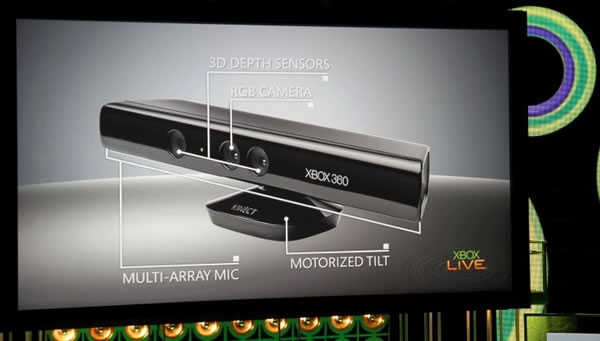Back in June 2008, PrimeSense was looking to sell the technology that would eventually be engineered into what we now know as Xbox Kinect. The first company in Silicon Valley that PrimeSense CEO, Inon Beracha tried to demonstrate the sensor that powers Kinect to was none other than Apple.
The technology had been developed by engineers in the Israeli military. When asked about why he thought of Apple first, Beracha told Cult of Mac that "It was the most natural place for the technology." The negotiations didn't go so well. Beracha figured the technology was so good that he would be able to sell it to anyone. In the end, it came down to "Apple is a pain in the ass," Beracha reportedly said with a smile on his face.
Unfortunately for Apple, Beracha wasn't happy with the way negotiations for the motion control technology were being handled. Cupertino insisted on being controlling: meetings were limited by the company's insistence on secrecy, not to mention contractual demands, legal agreements, and NDAs. Beracha went looking at other companies, and Microsoft ended up playing its cards right.

The decision to go with Apple makes more sense in 2010 than it did two years ago. We now know how much Apple CEO Steve Jobs hates buttons, how he wants as few of them on his devices as possible, and how much the company is pushing multi-touch. It doesn't get any more "button-less" in computing, however, than a full body interface like the Xbox Kinect.
Microsoft chose to go with the Xbox as a start for the technology but one must remember that, over a year ago Bill Gates said that he would like to see Kinect on Windows one day. He listed a few possible areas of implementation: media consumption, interacting during meetings, collaboration, and communication.
Apple doesn't sell a gaming console so that industry would not have been a likely candidate for the technology. Had the negotiations gone differently, would we have seen it in Macs, the iPad, or maybe the Apple TV instead?